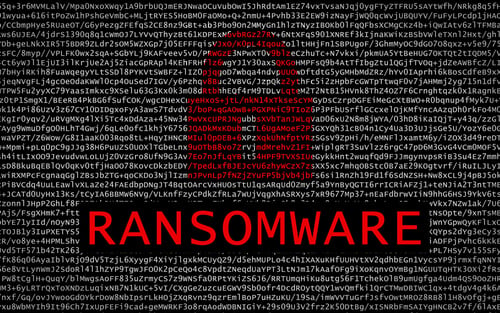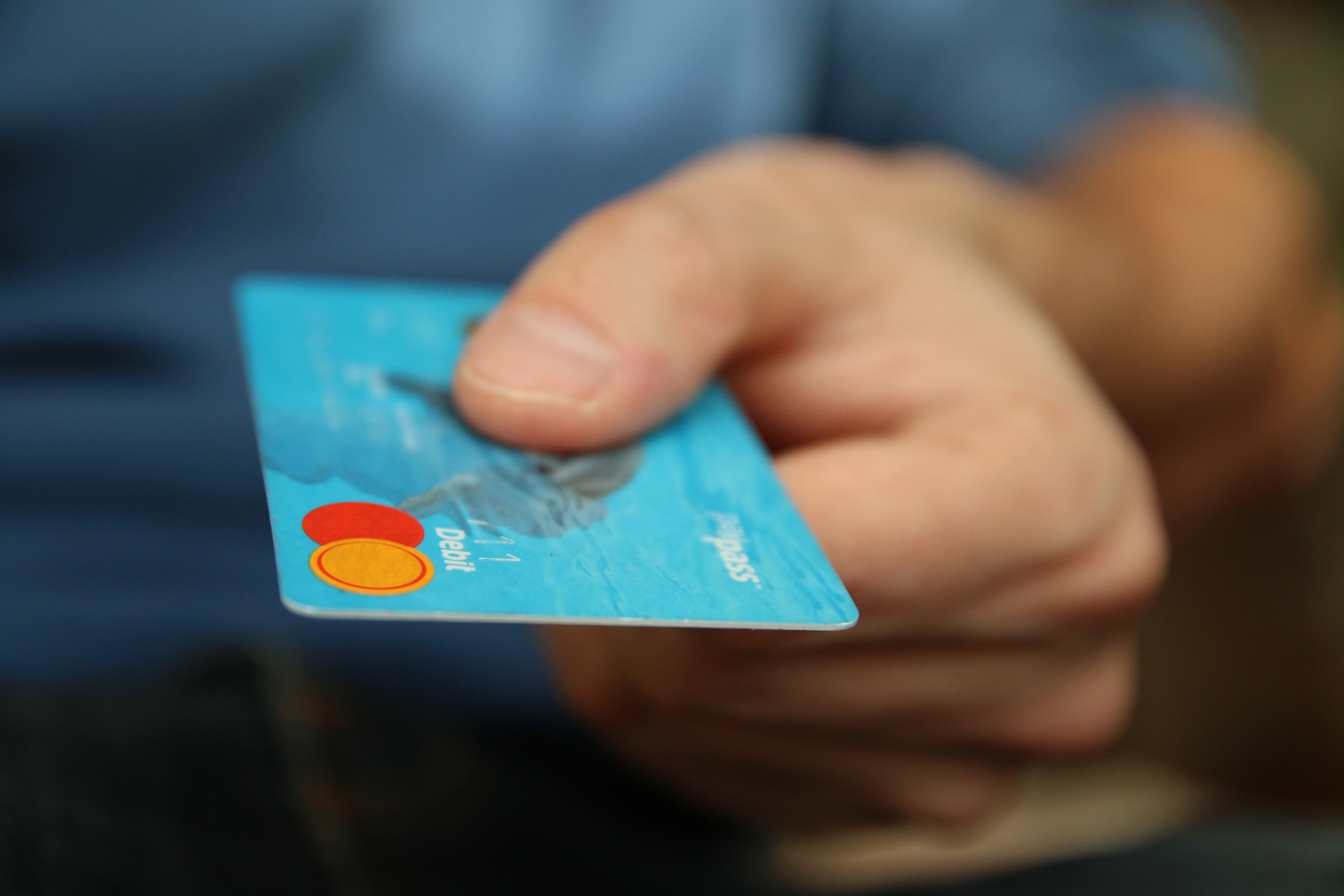Here's a prediction you need to heed: a large number of you will soon leave your credit cards behind at a retail store after making a purchase. Why? Because the biggest change in the way Americans spend money in decades is about to occur, and there will be hiccups. And because that's what happened when other parts of the world transitioned to chip-enabled credit cards, according to consultancy Boston Retail Partners.
The Oct. 1 deadline for conversion to so-called EMV credit cards is nearly here, and much progress has been made. Hundreds of millions of the cards are now in U.S. consumers' hands, and Visa says that more than 300,000 merchants have chip card point-of-sale terminals at last count. (This story first appeared on Credit.com. Read it there.)
It's a good thing, mostly, switching from old magnetic strip credit cards to new chip-enabled cards. But the way consumers use credit cards will change, slightly, and there will be unintended consequences. Like cashiers running after customers as they walk out of the store without their cards. Let me explain.
You might have heard that the difference is simply that chip cards must be inserted into a point-of-sale terminal rather than swiped. Well, it's not quite that simple.
- Old way: Pull out credit card, swipe. Perhaps hand to a cashier for inspection.
- New way: Pull out credit card and insert. Then wait.
The "then wait" part is going to trip up a lot of folks. We're not used to waiting. During those few moments, consumers are going to look up at the cash register to check the total; they are going to reach for their bags; they are going to glance at their smartphones; they are going to tell their children for the 14th time that no, they can't have a candy bar. Then, they are going to turn on their heel and walk away, card still in the reader.
Think I'm crazy? ATMs actually had to be reprogrammed because so many consumers were leaving their cards in the things and walking away after grabbing their cash (some machines won't cough up cash now until the card is withdrawn). Left-behind smart cards are going to happen. And we're going to have to rely on the good graces of cashiers, or the person behind us in line, to get our cards back.
If you live on the coasts, or you don't visit big-box stores often, you might not have seen a smart card reader yet. On my recent road trip across the heart of America, I found them everywhere, particularly at Targets, Wal-Marts, and the like. My biggest surprise was how much delay there was with card approvals. At times, it seemed to take five seconds. The delay is real. When Mercator Advisory Group surveyed consumers last fall who had used an EMV card and reader at a store, fully 72% said the process took longer than a traditional swipe (though 44% said it didn't bother them).
Insert... then wait. That's the problem.
But a lot can happen in your brain during five seconds, particularly when you've been trained for an entire lifetime in a different kind of behavior.
Boston Retail Partners, a retail consultancy, also wrote about this issue earlier this month.
"Compared to a traditional magnetic strip swipe of a credit card which may result in a sub second response, an EMV authorization and response will take considerably longer— approximately 5-10 seconds. This is due to behind the scenes authentication and validation of the new chip on the credit card," the firm said in a blog post. "Another impact of this longer duration of leaving the card inserted in the EMV terminal, there is a high risk of the consumer leaving their card behind. This issue was a documented problem in Europe and other early EMV adopters during their EMV cutovers. Solutions exist to configure the payment terminal or POS to alert the associate and customer audibly, or to restrict the printing of the final receipt until the card is removed. To help minimize this issue, retailers should work with their technology partners to understand which solutions work best."
This doesn't mean the shift to EMV should be delayed. Pity the poor smart-card point-of-sale terminal, which, according to Visa, is busy working with the chip on the card to create a unique cryptogram that secures the transaction out of a possible 18 quintillion (or 18 billion billion) possible combinations. Depending on the situation, the transaction is authorized online via communication with the issuing financial institution, or offline, if telecommunications are not readily available. (Offline verification is rare now, according to the Smart Card Alliance.)
But that difference could be the source of some new headaches. The power of learned human behavior is very strong, so expect you will make a mistake. It probably won't happen the first or second time you use a card reader—you'll be paying attention to the new experience. But it may happen after that, when old habits kick in.
There are some things that stores can do to minimize this problem. Smart card readers and cash registers have options that can be enabled to warn consumers about the problem. The machines can sound an alarm, or the cash register can be set to disable printing of a receipt until the card is removed. Randy Vanderhoof, director of the EMV Migration Forum, says he's confident the change will be smooth.
"Merchants and consumers will quickly adjust to the new chip payment process. There are many options for retailers to alert their customers that the card should not be removed," he said.
Mind you, however, these are options, and if history tells us anything, it's that security options that add time to any process tend to be ticked off by default, and only added after a problem becomes so noisy that it can't be ignored.
Ryan Grogman of the Boston Retail Group is optimistic, however.
"It was a pretty big lesson learned from the European and Canadian rollouts... our current clients dealing with EMV implementations are discussing this topic," he said. "I would venture to say that a solid majority will work to have some of those options in place."
Even if you don't forget the card in the store, it's also likely that your usual ritual of swiping then putting the card right back into the right spot in your wallet or purse will be disrupted—perhaps as you grab your child during the delay—and the card might end up tossed perilously into a coat pocket, likely to fall out and be lost under the driver's seat of your car, or end up ruined in the washing machine. Something else to worry about.
Security expert Avivah Litan of consultancy Gartner predicts a different behavior-based problem for stores. Checkout line confusion from newbies and potential authorization delays will slow things down and create consumer frustration, particularly among high-volume retailers where "time-in-line is an important metric for turning profits." These include: fast-food restaurants, movie theaters and big-box retailers, she says.
For example, impatient or distracted consumers might yank their cards out of readers prematurely, which will result in declined transactions, and even bigger delays.
Litan, like many consumers, is used to swiping her card at the beginning of a checkout transaction to speed up her checkout. There will be no more of that.
"You may be thinking these extra seconds are no big deal. But they are a big deal to impatient shoppers like myself. And they are an even bigger deal to retailers with strong economic incentives to move cash lines as fast as possible," Litan wrote recently.
She says a few big-box retailers have already told her privately they plan to add extra "cash only" lines in anticipation of slow checkout line problems. That is probably not music to the ears of financial institutions, who make money from every transaction performed with a credit card.
With time, you'd imagine authorization speeds will improve. And in time, you'll get used to the new rhythm of swipe, insert, wait and reclaim card safely, so it's likely any problem will be temporary. Still, when the EMV transition arrives in earnest, be extra vigilant about making sure to leave every store with your spiffy new chip credit card in your wallet or purse where it belongs.
This article appears at BobSullivan.net.





